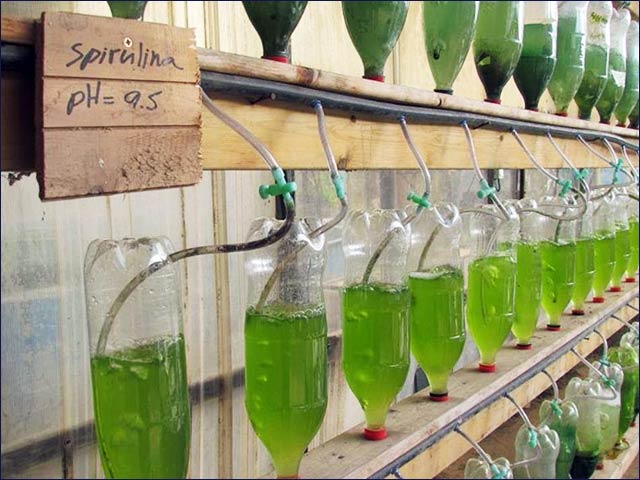By Rivka Borochov
What do you feel when you walk into the Greenhouse? asks Noam Geva, project director of this unique educational science space in Israel. Is it curiosity? Wonder? A sense of the future and maybe also of the past?
All of these sentiments apply to the Greenhouse, which was started by the disenfranchised artist Avital Geva, Noam’s father, in the 1970s. He envisioned an alternative to contemporary art and developed an award-winning living art and science project at Kibbutz Ein Shemer in the heart of Israel. “At first it was a communal garden that attracted teenagers who felt this was their home,” says Noam Geva. “In the late 1970s they started doing experiments here. “They plugged cucumbers to sensors and programmed control sensors to control the temperature and the windows to open and close.
“This was already a smart greenhouse by the 1980s,” he adds.
Today, his dad’s artistic ambitions are apparent throughout the premises, with handmade windmills and plants stacked lovingly in vertical gardens.
But the real winners at the Greenhouse may be the thousands of young minds who get to probe, filter, examine, grow seeds and pump water and questions through this very unusual laboratory every year.
The key to getting youngsters to learn in the Greenhouse, explains the younger Geva, is that they don’t realize they are learning. “We ask them what they want to do and then give them the space so they can do it.”
The Greenhouse is open 24 hours a day, seven days a week for students to come and study, hang out or just to drink Turkish coffee, says Geva.
In addition to the 5,000 Birthright participants from North America who visit the Greenhouse every year, 450 Jewish and Arab Israeli students (some gifted, some at-risk) come to design and carry out serious science projects week after week. They even help build the structures that contain their experiments.
For some young women, it might be the first time they’ve held a screwdriver, says Geva. And they learn to weld.
Repurposed pop bottles
Along with experts from industry and academy who come to guide the students, the Greenhouse also hosts international students working on advanced degrees from the Massachusetts Institute of Technology (MIT). One woman came for several weeks to build the Greenhouse’s first aeroponics unit. It uses mist to water and fertilize the plants.
Geva says one goal of the Greenhouse is to inspire young high school students to become the creative force in ag-tech and high-tech. Back in the 1970s, he says, it was high school students influencing science. Now it’s the other way around as the schools lag behind. As a startup nation, Israel must reinvigorate the agriculture and tech scene.
 Spirulina algae growing at the Greenhouse
Spirulina algae growing at the Greenhouse Some of the experiments bubbling on the walls and in the pools of the Greenhouse -- really four massive greenhouses merged together – are meant to ask serious environmental and scientific questions. For instance, how can we make the most spirulina algae, a type of green algae-based nutrient, to feed people in developing nations?
Geva shows off the wall of dozens of repurposed pop bottles full of different algae growing under optimal and stressed conditions. Working with a manager from the
Israeli algae company Seambiotic, the students’ projects are aided by industry and their results also feed back into it.
Over on the other side of the Greenhouse is a massive rain machine turned on for a full day once a week, when high school students come to study with a Weizmann Institute of Science researcher the effects of rainfall on algae blooms at sea.
Geva is sure that some of the questions the students ask have never before been asked by science, especially in the area of biomimicry, a branch of science where design is inspired by the natural world.
Recently the Gevas asked several groups of students to wander around the Greenhouse to find inspiration from one plant growing there. One group focused on the large-leafed Canna indica and proposed that its water-repellant leaves would make an excellent “green” roof for people lacking shelter.
But when delving into the science of the leaves, the students found something unexpected: the plant’s leaves lowered the pH of water that passed over them. “Imagine that,” says Geva. “The students were looking for one thing and discovered that the plants could also help the problem of acid rain!”
That’s the kind of thing that happens at the Greenhouse.